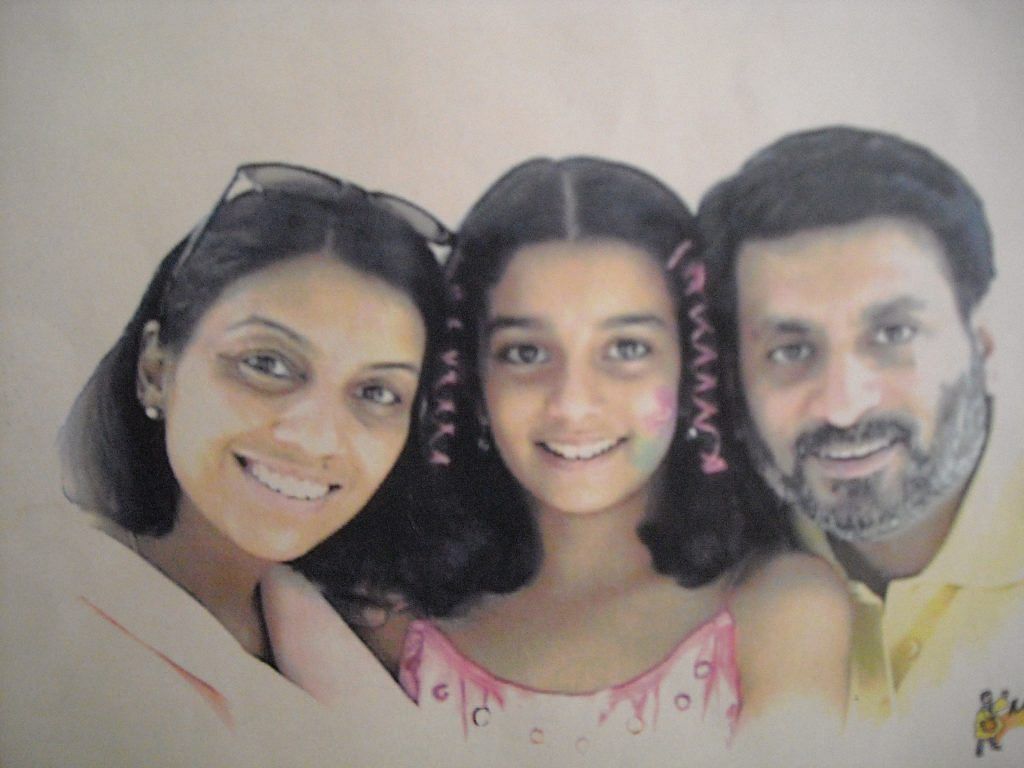The Aarushi case tested the true prowess of investigating agencies and their scientific support systems, and they failed miserably.
One of the most talked-about cases in the history of crime and punishment in recent memory in our part of the world has been the Aarushi Talwar murder case. The story of the grisly murder of a 14-year old girl, the only child of dentist couple Dr Rajesh & Dr Nupur Talwar, in her bedroom in a three-bedroom Noida flat on the night of 15/16 May 2008, has seen endless twists and turns ever since it came to light.
It is a classic whodunit, where the true prowess of investigating agencies and their scientific support systems was tested, and where, I daresay, they failed miserably. As a proud police officer, I say this with a heavy heart.
It is one of those cases in whose investigation and follow-up, everything went wrong from the word go. To begin with, the scene of crime was trampled over by family members and neighbours before the police arrived at the spot, resulting in the bulk of the evidence being destroyed. The crime scene investigation by the local police was sloppy and unprofessional, to say the least. The Noida cops even missed out on finding the other corpus delicti of Talwars’ servant Hemraj on the terrace, leave alone other evidence from the spot.
Our media of different hues went on an overdrive to garner TRPs by launching a salacious media trial of the Talwars, bringing untold pressure on the police who, regrettably, wilted in no time. Post-mortem and forensic reports raised more questions than they answered. And, most painfully for me (who has always taken pride in having served the CBI), the country’s premier investigating agency took positions in the case that were neither here nor there.
Most tragically, the manner in which the trial proceeded and concluded are a shocking testimony to our less-than-adequate criminal justice system. Today’s verdict of the Allahabad High Court acquitting the Talwars, who not only lost their only child but remained incarcerated for over nine years, should make everyone sit up and take a hard and serious look at every wing of the system that exists in our country to deal with crime, which brings the guilty to book, and metes out justice to its citizens.
Not many know that the Noida police displayed lack of focus on the morning of 16 May 2008, when the investigation began, on account of the visit of former Prime Minister Manmohan Singh, who had gone to visit the ailing Communist leader Harkishan Singh Surjeet, who lay on his deathbed in a hospital nearby. The police, therefore, was distracted and left the scene of crime without completing its work. It is not surprising that it missed out on the dead body of Hemraj. Only the lower functionaries of the police were left at the spot. This, according to me, was the most unprofessional way of dealing with an important case.
When the case blew up in the media and began to attract widespread attention, seniors descended, one of whom gave an outrageous press conference, almost passing a verdict on who the culprits were. Needless to say, the subordinates thereafter had to toe his line. This approach, of course, led to disastrous results. The case was handed over to the CBI, which did not acquit itself honourably.
The CBI’s flip-flop conclusions in its closure report gave a handle to the court to take suo motu cognisance of the culpability of the Talwars and begin their trial. Shockingly, the trial ended in their conviction leading to their nine years in jail.
Innumerable questions will arise if the entire proceedings were to be looked at objectively, but what worries me most is the conduct of senior police officers at various stages of investigation. And I speak of supervisory officers in the Noida police as well as the CBI. Had a senior police officer taken charge of the scene of the crime and the follow-up investigation soon after it had happened, the other dead body would have been discovered and the investigations put on track. Similarly, had superiors vetted the closure report of the CBI competently, the case would have ended then and there.
There is no gainsaying that expertise in conducting post-mortems and forensic examinations is virtually absent in our country. In the civil hospitals of our mofussil towns, doctors who conduct post-mortems, and on whose findings the fate of criminal cases depend, are woefully deficient in their skills. Our forensic labs are primitive and deserve serious upgrade. It is ironic that while on the one hand, India is sending space missions to Mars, forensic labs languish in prehistoric times.
That the latest modernisation scheme announced by the government has included forensic labs within its ambit is a welcome sign. But it’s a long way to go before we can be proud of them.
No amount of empathy will heal the scars left on the Talwars. The High Court verdict acquitting them is an opportune moment for us to resolve to strive for a system that prevents victims of crime from being turned into culprits.
Neeraj Kumar is former police commissioner of Delhi. He set up the Special Task Force in the Central Bureau of Investigation in 1993 that probed the Mumbai blasts. He is currently chief advisor to the BCCI on corruption and security-related matters. He is the author of the book “Dial D for Don.”
